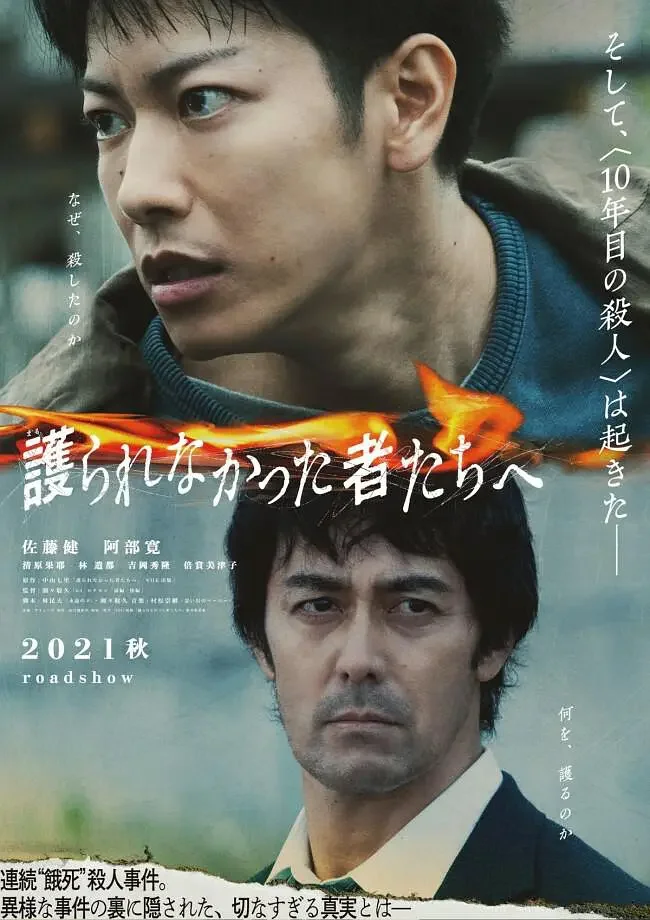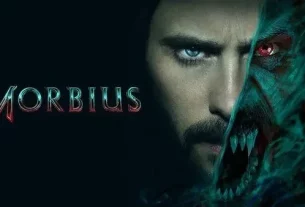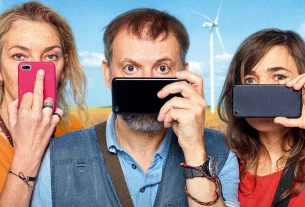The story begins with the serial killings that happened in Sendai District, Miyagi Prefecture, Japan. In the process of arresting the murderers, the police have opened up one by one the implementation of the current social welfare protection policy. Under the reality of the implementation of the current social welfare protection policy, those vulnerable people died because they had nowhere to go for help.
During the earthquake and tsunami that year, the survivors who had been left homeless and devastated, even though they tried hard to survive for many years after the disaster, they were repeatedly challenged by the organizers and persuaded to quit in the process of applying for the “living protection allowance”. .
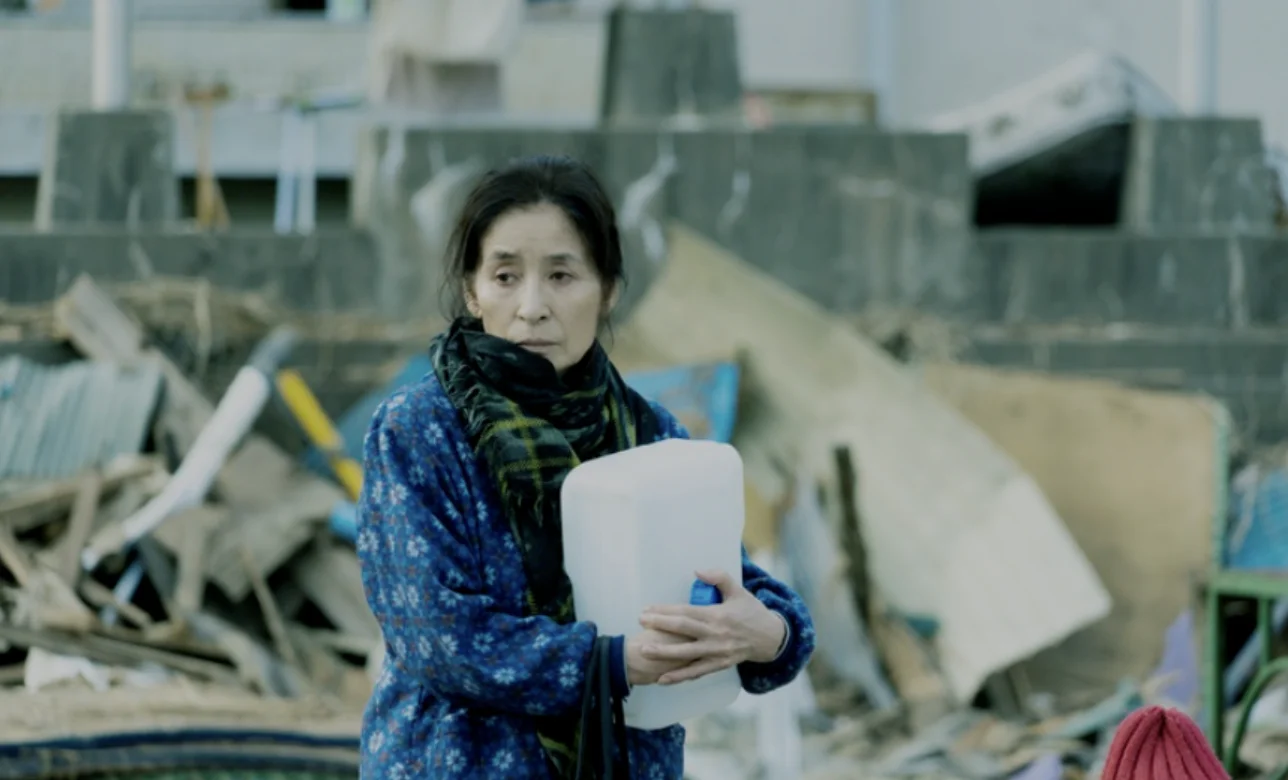
The injustice caused by the policy caused people’s anger, and it also triggered a series of murder incidents that shocked the whole Japanese society.
Behind the hidden filth and filth that no one knows, there is a human tragedy entangled in the war between good and evil, which makes people ponder and feel a lot.
A little orphan girl who lost her mother in the 311 earthquake in Japan, an old woman who survived the earthquake, and a young man who failed to save people in time in the tsunami.
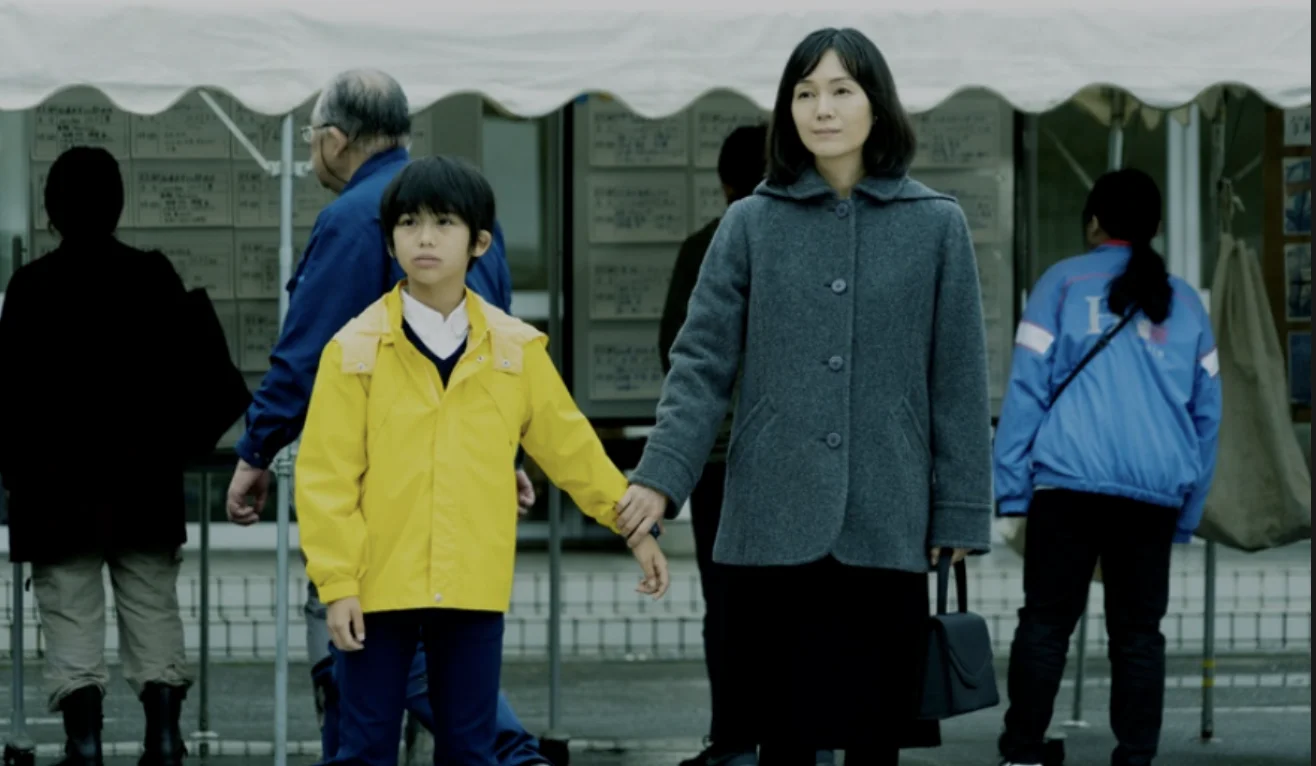
The old woman, the young man, and the young child lived together in the shelter and supported each other under the same roof. They became a family without blood to keep each other warm.
Years later, both the young and the orphaned daughter have grown up and left home. The old woman, who is too poor to live without an annuity, obeyed the local undertaker and gave up her application in order to protect her biological daughter, whom she had not seen for many years. Living protection allowance, so she died of starvation, leaving orphans and young people with inexplicable grief and anger.
On the other hand, the relevant undertakers who were in charge of co-organizing the application for allowances were found to have been kidnapped inexplicably and died alone facing the taste of death.
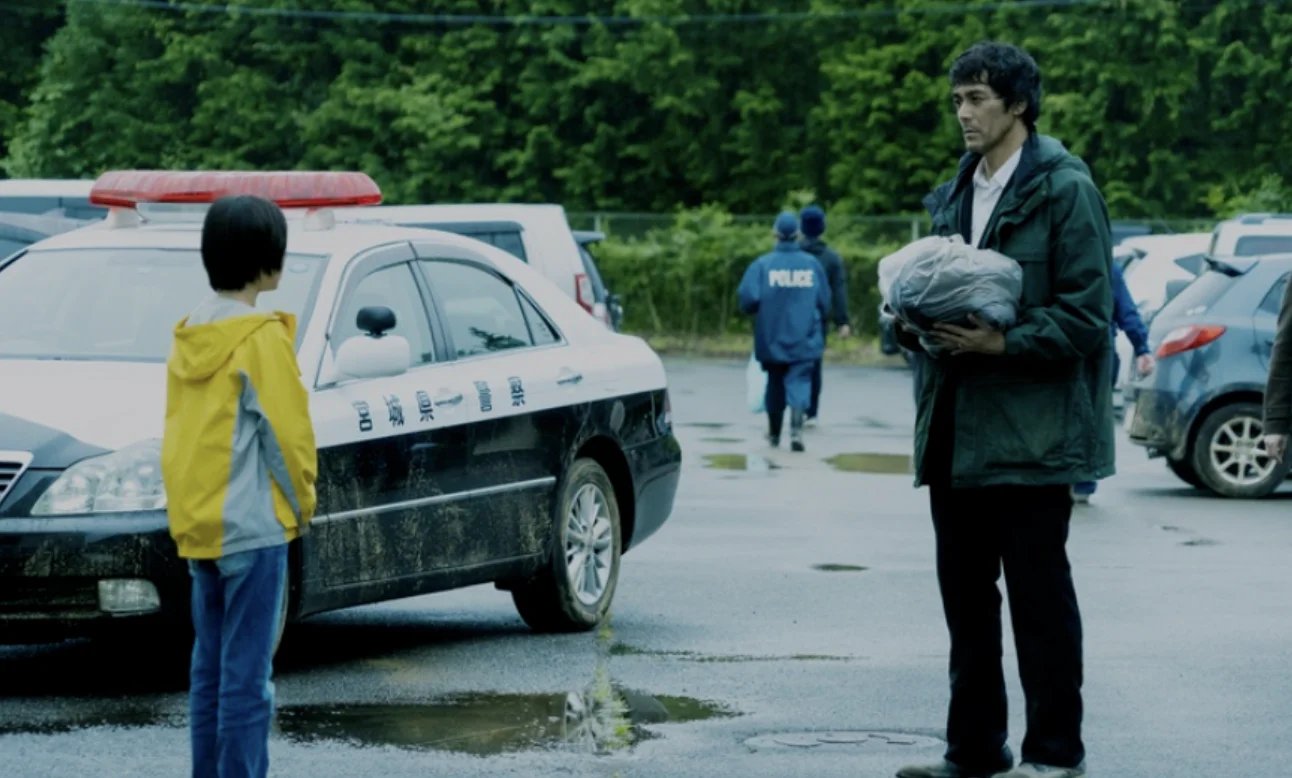
A criminal policeman who lost his wife and daughter in the tsunami was ordered to investigate, which revealed the suffering of those who were not protected behind natural and man-made disasters.
Why do young people who are identified as homicide suspects not hesitate to turn into extremely vicious criminals to be silent, but also protect those vulnerable people who are not protected under the policy?
And why do the underprivileged and underprivileged members of society who have already reached the end of their lives, fail to speak out and cry out for help when they need help most in their lives?
In everyone’s heart, there is an unknown pain hidden in the heart. A great earthquake and tsunami swept the good and evil in human nature, leaving only the pain of silently asking the sky…
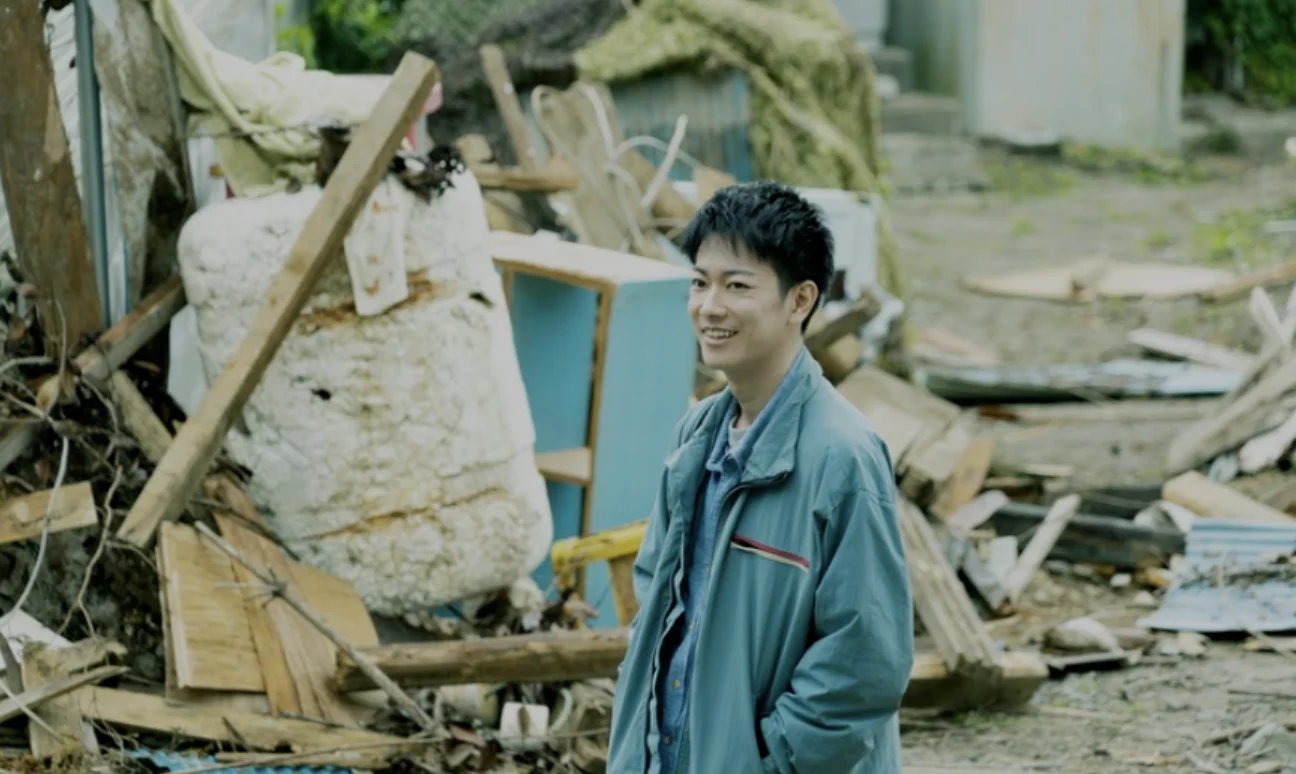
The film is adapted from the novel of the same name published by the well-known Japanese novelist Nakayama Qiri in 2018. It explores a series of regrettable crimes after the 311 earthquake and tsunami in Japan.
The reasons behind the crime, and the discussion on the life issues of good and evil, crime and punishment involved in human nature, people are surprised and regretful, and have more deep thoughts.
At the end of the movie, it only makes people want to look up to the sky and sigh, and make people think deeply about the human regrets caused by the human hearts of different positions under the influence of natural disasters, the intertwining of life and death, in the end, whose fault is it? Who are those who need it? protected people?
The movie “In the Wake” carefully depicts the tossing and turning of people’s hearts after the disaster, as well as the unimplemented welfare policy. For the vulnerable people who really need to be protected, the secondary harm caused, there are many unknown heartaches at the tip of the iceberg, waiting for be healed.
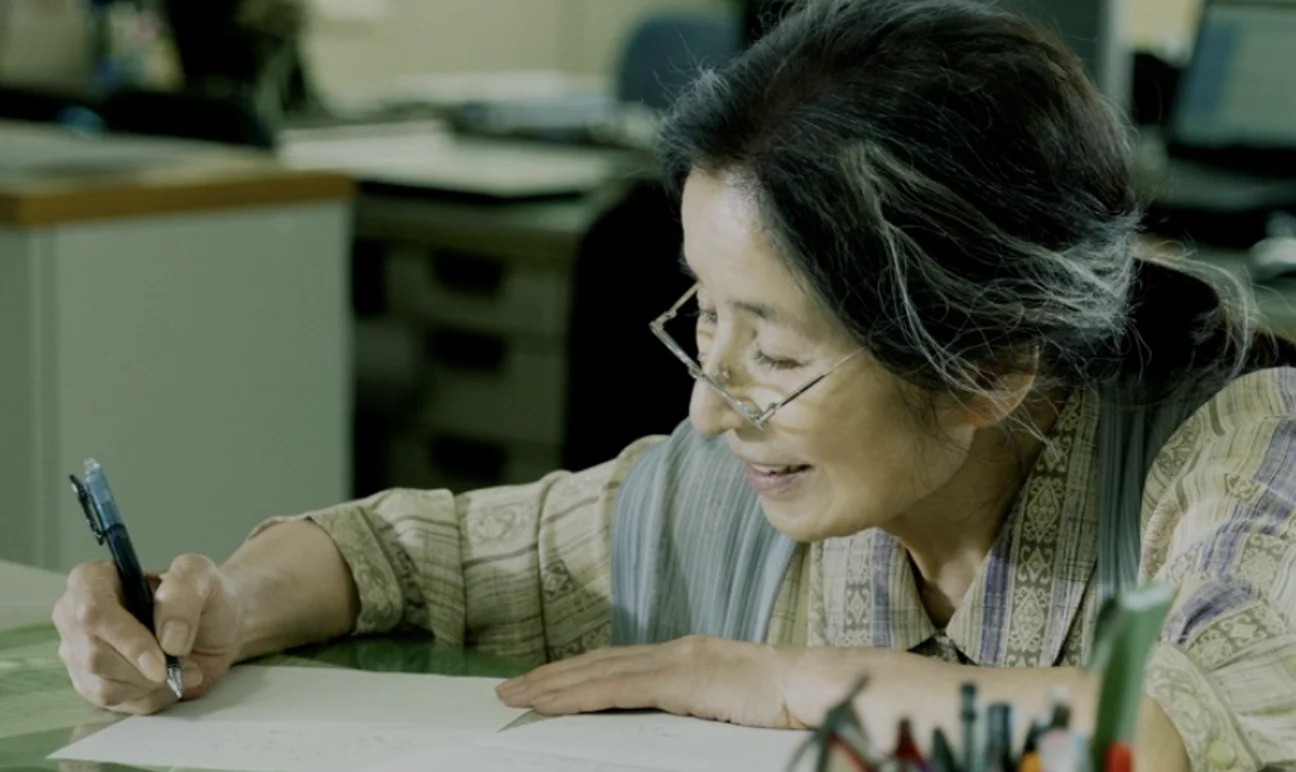
The whole film was filmed during the epidemic raging around the world, and it was not only lucky that the filming was successfully completed in 2020.
Takeru Satoh plays the leading role as a suspect who is suspected of murder. From cold and taciturn, to impulsive anger, to tender repentance, sometimes restrained and sometimes unrestrained emotional performance, with the reversal of the plot, it is impressive.
Mitsuko Baisho, a veteran actress, has life experience and interprets the role of a compassionate, resolute and optimistic mother. She has not many scenes, but she can always grab the audience’s attention every time she appears, and is moved and reluctant to give up.
The roles of Hiroshi Abe and Kaya Kiyohara in the film are both people with stories, both of which have been hidden in their hearts for many years, unable to speak to others, and the untold pain caused by the earthquake and tsunami.
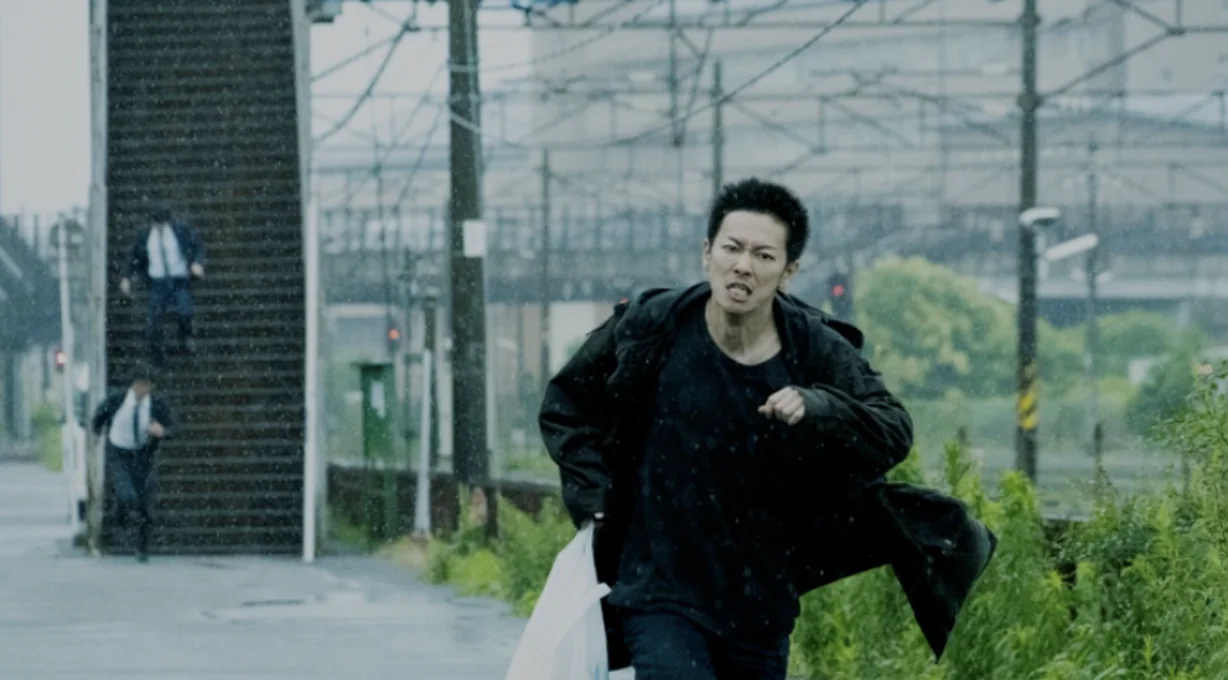
But at the end of the movie, the ending arranged for them by the director and screenwriter has finally healed the psychological reversal of being unable to protect the people they love and wanting to avenge the vulnerable who are not protected.
The pain ten years ago came from the sea. Ten years later, the dialogue that healed the scars and marks will never return. What is left is Japanese society, from politicians to people, from bureaucrats to the weak, all need to go together. Adjust and improve the realities of policy implementation.
